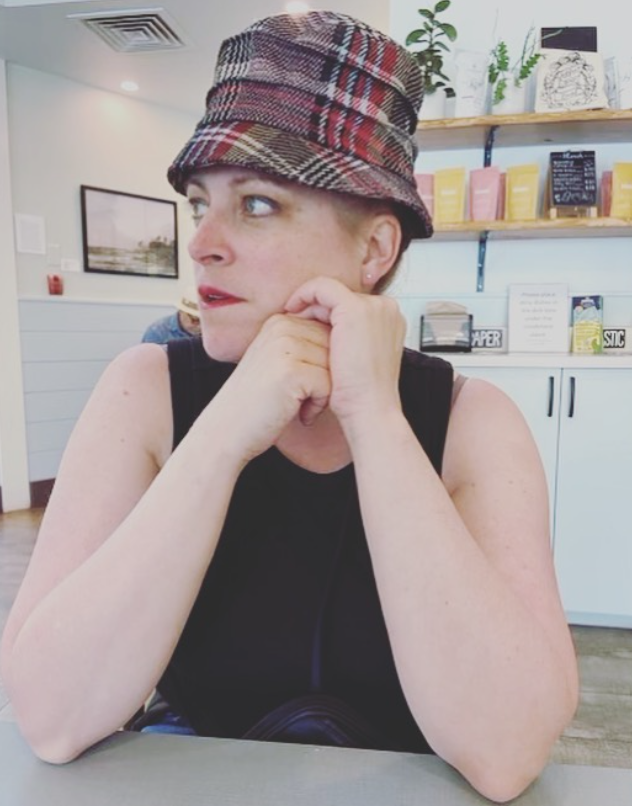Top Five Tricks for Managing the Primary Classroom
Here some tips for starting the new year.
- Browsing Bins
- Numbered bins from 1-5 (depending on the number of tables and groups)
- Bins included a variety of books (fiction, nonfiction, levels)
- Browsing Bins were moved to different tables as the first week progressed – the second week, you can do it again or move the books back to their places in the classroom library and introduce the concept of “just right” books.
- I used the browsing bins as they entered class and the morning began.
- THE BENEFIT – During this time, the teacher watches and listens. What are your readers like? Keep track of interests? “I love Books on Animals”. “I have been reading Dear Dumb Diary this summer.” Watch who cannot stay engaged in a book for long, is highly distracted or disengaged. Also watch for those that are reading the Hobbit in grade 1.
- This idea came from Debbie Miller in her book Reading with Meaning. She has a second edition now. The older edition is beige/yellow. This resource still stands the test of time. You might be able to find it in your school.
2. Interest Inventories
- Inventories can be found for all grade levels in reading and writing
- You can create your own or use pre-made ones. Here are some links that I found. Scholastic , Solution tree (for older kids) and general inventories.
- These can be done pencil/paper, an interview with you or digitally on a google classroom
- THE BENEFIT – You can find out more about your students. What books are missing from your classroom that students want? What writing topics or forms can you add to your list for the writing workshop? What are the interests of your students and how can you use them for “hooks” in lessons?
3. Number System
- Have students put their name and number on scribblers and paper handed in (For example, using alphabetical order, first student is #1)
- When students hand anything in …you know quickly who has not handed something in
- Use this for textbooks, tech, paint kits, etc
- Any new kids throughout the year are added to the bottom of the number system.
- I used this for lineups too – the only changes were the line leader and line-ender.
- THE BENEFIT – Efficiency!
4. Movement within the Classroom – Seating Areas to Meeting Spots
- Teach them how to go and return from the reading carpet to desks and back.
To leave their seats
- Have a noise maker like a garden charm. My husband hates them! No idea what the issue is , but he said “take this to school”
- Teach the students that when the garden charm is “shook”, they are to push in their chairs and walk quietly to the carpet. Practice this…a lot.
- The benefit of a physical object and not a white board digital one, is that you can use it anywhere in the school and other students can be requested to use it on your signal.
- THE BENEFIT: efficiency
Where they sit at the carpet
- You can assign spots or not, this depends on student needs (PLP – needs to sit close to the teacher)
- You can model how to choose a good seat – “not next to a distracting buddy” etc You might have your own criteria
- One downfall for unassigned spots – students with anxiety might not know where to sit and who to sit next to – assigned seats alleviate this. (Side note: This goes for seating in class too. Often we say sit wherever – this doesn’t work for all kids. Watch your students and notice if free choice seating is making other kids uncomfortable.)
- You can definitely, pull Popsicle sticks with their names and have them sit at those tables. This at least is random but gives kids a spot without having to stress about it.
To leave the carpet
- I taught the 3-2-1
- Three fingers meant stand up
- Two fingers meant turn your body towards the direction of your desks/seat/table
- One finger meant quietly walk to your destination (depending where you are in the room, if the students have turned their bodies away from you in step two, you may need to walk to the front of the group and then show 1 finger (pointer finger – not the other finger – you don’t need that kind of trouble)
5. Sign Language
- I talk a lot – seriously. So to limit my talking and the students and to avoid constant interruptions, we developed hand signals as a class.
- I used the real hand signs for yes and no.
- The rest were made up. We made signs for drink…(look like drinking a class) …sharpen pencil …(looked like sharpening a pencil) …question (finger shaped like a hook) …bathroom (finger pointer finger, pointing straight up) …go get a book from the classroom library ..(two hands opening and closing like a book)
- THE BENEFIT – These were helpful as kids worked, at the carpet and at celebrations. We communicated with signs and the flow of class/or an event was not interrupted.
I hope these help you get off to a great start this year!
Love Coach Clark!

